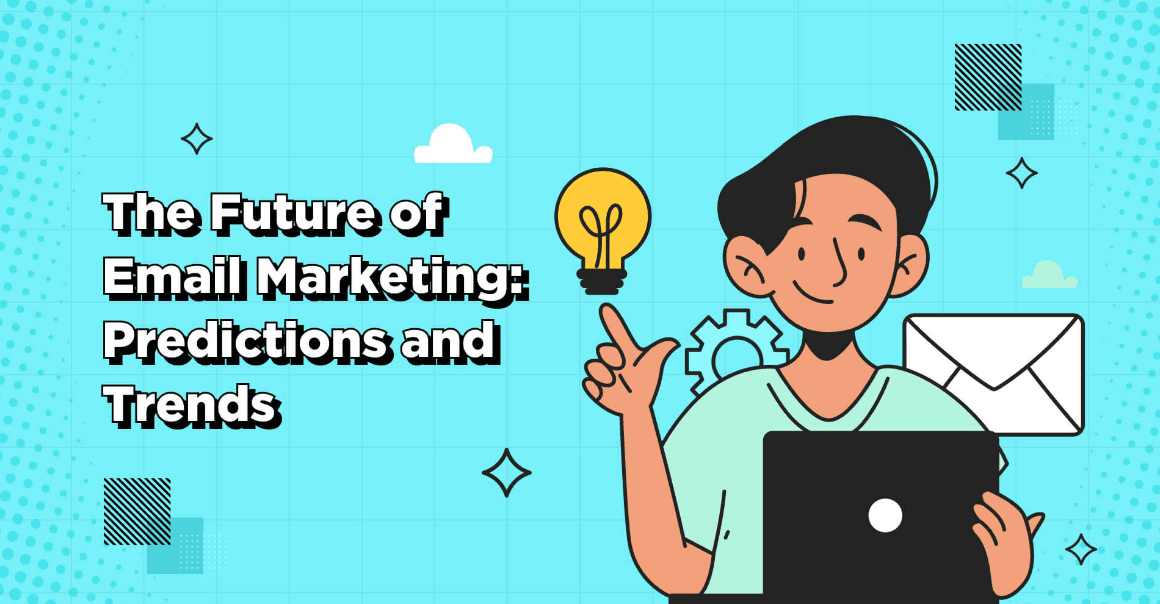Content
Future Trends in Email Marketing Automation Workflows

As reported by industry experts, email marketing automation is evolving rapidly, with trends like AI-driven personalization, predictive analytics, and integrated multi-channel workflows shaping the future of customer engagement and revenue growth in 2024 and beyond.
AI-Powered Personalization
AI-powered personalization is revolutionizing email marketing by enabling businesses to deliver highly targeted and relevant content to individual recipients at scale. By leveraging machine learning algorithms and natural language processing, AI can analyze vast amounts of customer data to predict preferences, optimize send times, and dynamically customize email content. This level of personalization goes beyond simple name insertion, allowing marketers to tailor entire email campaigns based on factors like past purchases, browsing behavior, and engagement history. The result is significantly higher open rates, click-through rates, and conversions compared to generic email blasts. For example, AI can automatically segment audiences, craft personalized subject lines, and even generate customized product recommendations for each recipient. As AI technology continues to advance, it promises to make email marketing more efficient, effective, and engaging for both businesses and consumers.
Predictive Analytics for Campaign Optimization
Predictive analytics is transforming email marketing by enabling data-driven campaign optimization. By analyzing historical data and customer behavior patterns, marketers can forecast future outcomes and tailor their strategies accordingly. This approach allows for more effective audience segmentation, personalized content creation, and optimal send time determination. For instance, predictive models can identify which subscribers are most likely to open, click, and convert, allowing marketers to focus their efforts on high-potential leads. Additionally, these analytics tools can predict customer churn, enabling proactive retention strategies. As the technology advances, predictive analytics is becoming increasingly accessible to businesses of all sizes, leveling the playing field and driving more targeted, efficient email marketing campaigns.
Interactive Email Content
Interactive email content is emerging as a powerful trend in email marketing, revolutionizing user engagement and click-through rates. This approach incorporates dynamic elements like polls, quizzes, product carousels, and even augmented reality experiences directly within emails. By allowing recipients to interact with content without leaving their inbox, marketers can create more immersive and personalized experiences. For example, e-commerce businesses can use product carousels to showcase multiple items, while educational platforms might embed quizzes to reinforce learning. Interactive elements not only boost engagement but also provide valuable insights into customer preferences. However, it's crucial to ensure these features are mobile-friendly and optimized for various email clients. As technology advances, interactive emails are becoming increasingly sophisticated, with some incorporating features like rotational banners, sliders, and even AI-powered personalization.
Ready to
Experience
the Power of AI?
Lets set up a free demo call, where we can discuss further steps. Work with us to gain time to focus on the important topics.